I tend to default to adventures, scenery or especially hot water when I’m planning a trip to Iceland but if you’re the more sedate kind, who prefers museums and art galleries, Iceland is still the place for you. A discaimer: I’m not the culture type, I’m not into museums and so I haven’t actually been to a lot of these places. Some of them are on my to-do list for my trip next month – I’ve got an entire day planned for Grandi – but for the time being, I’m a little dependent on the internet’s opinion of some of these places.
Day one – downtown Reykjavik
We’re going to spend the first day in the capital, because where better to start to get to grips with history, civilisation and culture?
Reykjavik is where Iceland began – it’s where the first permanent settler, Ingólfur Arnarson, made his homestead, so it’s entirely fitting that your first stop is Reykjavik City Museum and more specifically, to the Settlement Exhibition. This museums combines the open excavation of a 10th century longhouse with interactive technology that shows you what the modern capital would have looked like back in the early days of Icelandic settlement.
After that, you’re going to walk down the road to Safnahúsið, the Culture House with a quick stop outside the square basalt Parliament House. Yes, isn’t it weird that it’s just a house and you can walk right up and peer through the windows? (please don’t). A new, or extended Parliament building is being built but to the best of my knowledge, it’s not finished yet, so this is where Icelandic law and policy is made. Look to the left and you’ll see a small church. This is Reykjavik Cathedral and presumably the heart of religion in Iceland. In reality, Hallgrimskirkja is where all big religious events are conducted because it looks the part better and it’s also much bigger.
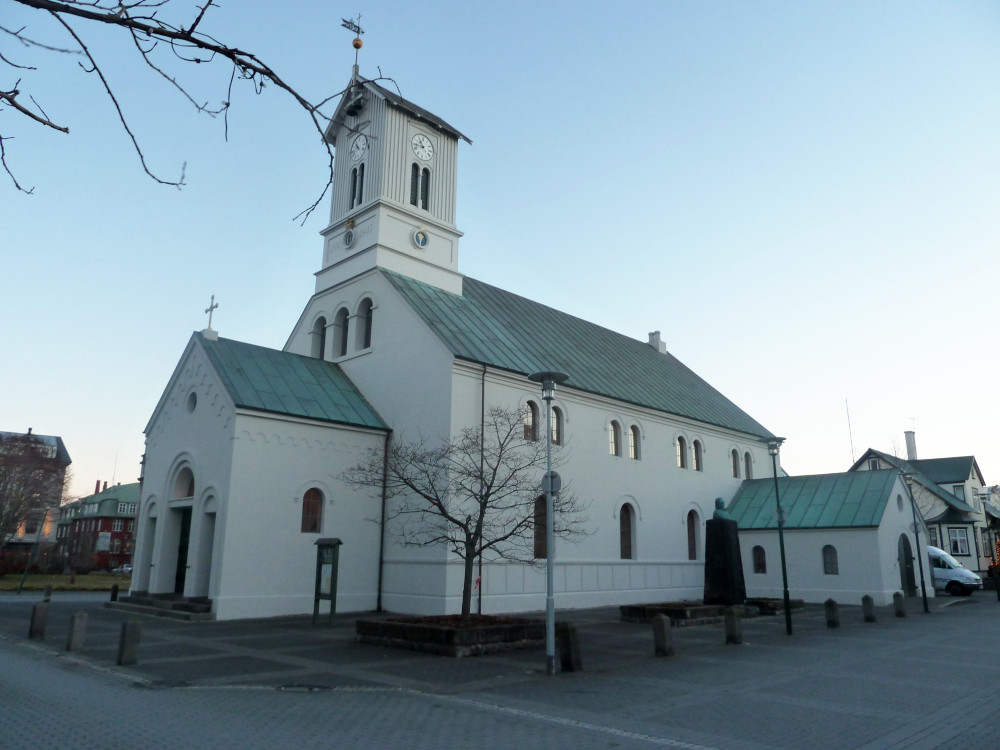
Safnahúsið, the Culture House, is one place I have visited, although I suspect it’s been fiddled around with since then. When I went, back in about 2015, I went to see the saga manuscript collection. I don’t think any of them are originals – the originals have spent several hundred years in Denmark and Iceland is building a purpose-built specialist home for them. They’re fragile. Meanwhile, you can see replicas here, learn about the process of scribing the sagas and enjoy whatever else is on at the Culture House. You may find a wallful of pictures of tourists coming to grief in the river trying to get to Þórsmörk. If you’re planning on doing that trip, learn from their mistakes and go on a tour bus.


Next, walk up Skólavörðustígur to Hallgrimskirkja. You can’t miss either – the church is the huge grey thing that dominates the Reykjavik skyline and Skólavörðustígur is the street with the rainbow on it. Cross the road from the Culture House, take the road through to Laugavegur, the shopping street, and Skólavörðustígur is pretty much directly opposite. Hallgrimskirkja is actually quite a young church but it’s a major symbol of the city, it’s interesting to visit and you really should take the lift up to the top of the tower for spectacular views.
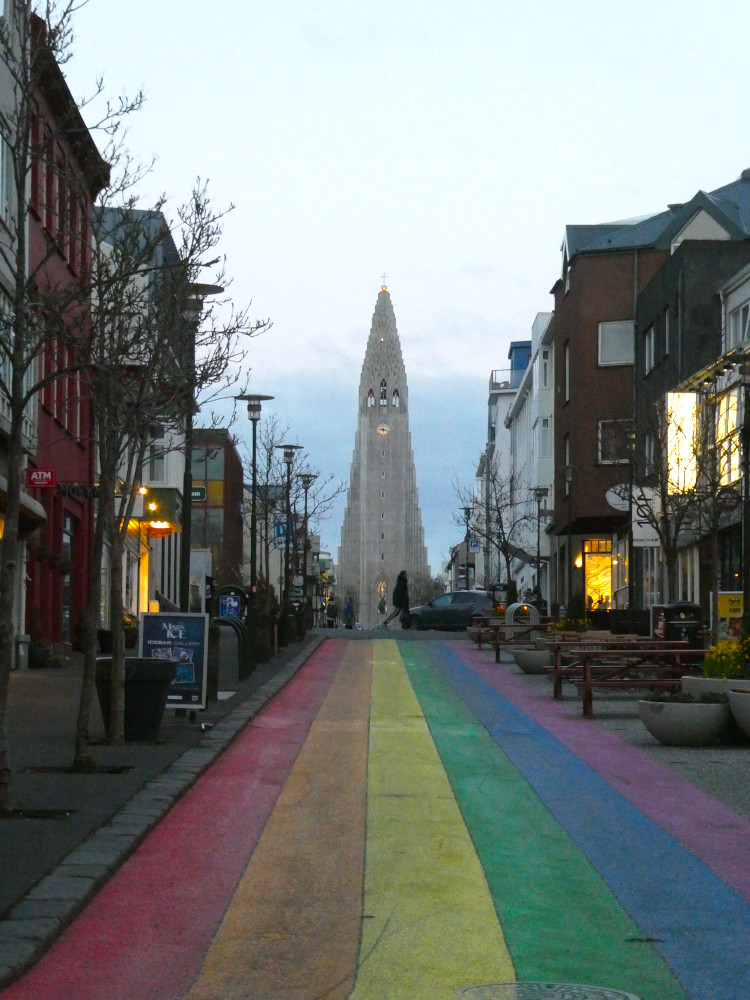

Finally – hear me out – you’re going to the pool. I’ve resisted the urge to send you to a geothermal spa (if you have time, do pop into one!) but you’re here to discover Icelandic culture and the pool is key to modern Icelandic culture. In much the same way that in other places you’d go to a bar to hang out with your friends and talk about politics and philosophy, in Iceland you go to the pool. I’m not sending you to swim lengths. I’m sending you to sit in the hot pots and saunas, to relax and to observe the locals. There’s a certain share of tourists here but it skews heavily towards the locals, which is the opposite demographic to places like the Blue Lagoon.
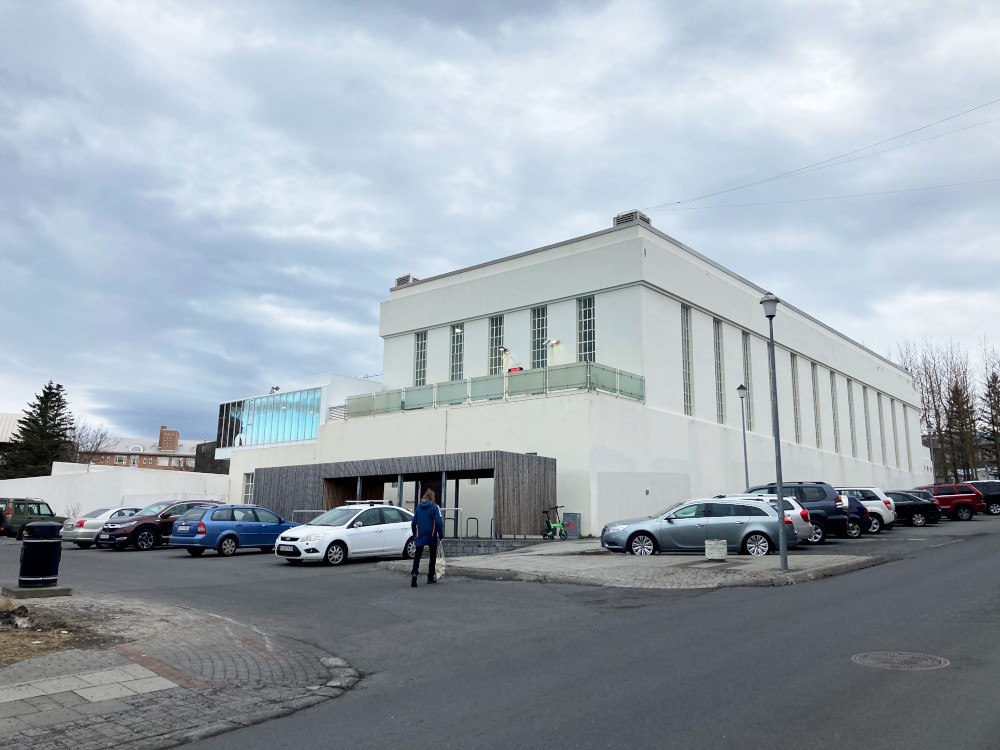
Day two – the West of Iceland
It’s about an hour and a half north to the fjordside town of Borgarnes – you can stretch it further if you go around the Whale Fjord rather than through the tunnel – and here is a cultural treasure. The Settlement Centre is home to two exhibits. Upstairs is the story of the Settlement, told through an audioguide, works of art and maps with buttons you can press. Downstairs is the jewel of the place, the Egil’s Saga exhibit. Think of the sagas as the Icelandic answer to Shakespeare. Egil’s Saga is their Hamlet – it’s dark and violent and tragic and it soars above all the others. It’s told here through a creepy atmospheric exhibit, an audioguide and all sorts of models, telling the story all around you. It’s spectacular.
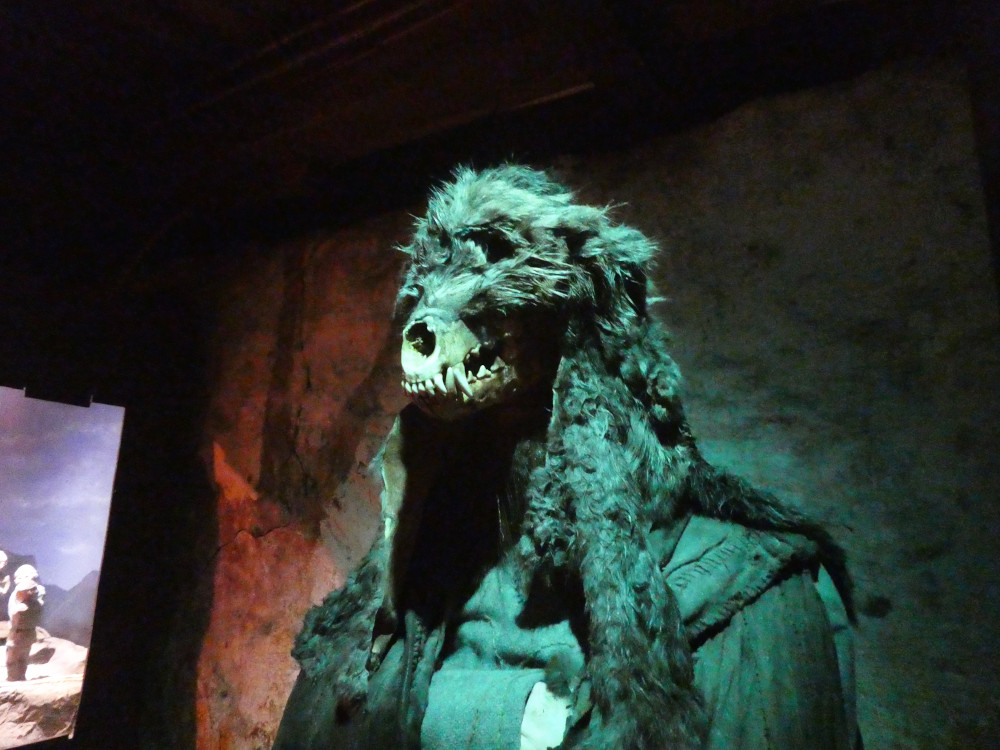
Next, drive out into the countryside and stop at Hverinn, in the tiny settlement Kleppjárnsreykir. Hverinn is a geothermal fruit & veg farm (with a campsite attached) and you can either pick up tomatoes and chillis and whatever’s ripe right now from the honesty box outside or you can go into the restaurant. After your long drive and your museum visit, you’re probably ready for some lunch by now and this is a great place to do it.

Ten or so minutes up the road is Reykholt, home to Snorri Sturluson, an Icelandic writer, philosopher and Lawspeaker of the 13th century, likely author of Egil’s Saga. He lived here and this place is now a museum both to him and to Icelandic culture. It’s an educational centre. If the museum is open, do go in and learn about him and his work – and his death – and then do what everyone does and seek out Snorralaug, his private pool. Behind the main church/museum is a small church. Keeping the small church on your left, walk down towards the road and it’s behind the L-shaped white building. Pool culture again – eight hundred or so years ago, this is where Snorri would have hung out with his mates, talked philosophy and law and dreamed up the next chapter of his latest book.

I want you to go to Háafell, the Icelandic goat farm next, but it’s slightly awkward to reach from here so carry on east until you get to Hraunfossar and Barnafoss, two interesting waterfalls. Hraunfossar comes from nowhere, it just flows out of the banks of the river, fed by hundreds of underground streams and stretches for a couple of hundred metres along the riverbank. Further up, Barnafoss is a violent miniature canyon, where the river finds itself confined to a narrow twisting channel. Iceland has lots of waterfalls, many of them famous, and this is one of the famous ones where you’re likely to be able to see the things without ten thousand tourists blocking your view.

Now you can cut across to the 523 instead of returning the way you came and you’ll find the Icelandic goat farm. Pretty much all farm animals were brought over by the Vikings and the lines that exist today are descended from them. You’ll hear it most often with horses – no horse has been allowed to enter Iceland for nearly 1000 years, partly so as to not dilute the bloodlines but mostly to prevent disease among a small isolated population. Goats are the same – these are the goats the Vikings brought over. They were used in Game of Thrones – I don’t know how long goats live but when I was there in 2014, I was introduced to Casanova, who was a famous goat because he got eaten by a dragon on TV. If the famous goats are no more, these are at least cultural goats, Viking goats, a bloodline unbroken and undisturbed for centuries.

At the end of the 523, turn left and you’ll find yourself passing Kleppjárnsreykir and Deildartunguhver. There’s no real significance to Europe’s biggest hot spring but it’s worth seeing and you can remind yourself that this spring provides hot water to the entire region. In fact, it’s probably the spring that kept Snorri’s pool warm and he would have been familiar with it, living between Reykholt and Borgarnes. If you want, there’s a geothermal spa and restaurant right here called Krauma. I absolutely would stop at the spa but I recognise that this is a cultural itinerary and not a geothermal one. But then, it’s your itinerary and you absolutely don’t have to follow my suggestions to the letter.

Grandi
Back in Reykjavik today – or do these days in whatever order you like, you know? – and we’re heading north of the Old Harbour to the Grandi neighbourhood. This is a great place for museums and exhibits, mostly because I think there’s a lot of empty space up here.
I’ve got three particular suggestions. FlyOver Iceland is an immersive experience where you sit with your feet dangling as a helicopter film of Iceland’s spectacular landscapes “flies” around you, making you feel like you’ve had a tour from the air. I’m really looking forward to trying this for myself next month and when I do, I’ll write blogs about it and add the links here.
Second is the Saga Museum, which I think used to be in the Pearl back in central Reykjavik. History and sagas are brought to life here through audioguides and 17 3D exhibits where you can see people living out the scene, from the Settlement through to the Reformation via the sagas and the arrival of Christianity. If you’re here for culture, absolutely do not miss this museum.
Third is the Reykjavik Maritime Museum. Iceland has a long history of seafaring – its first settlers arrived by longship with very little in the way of navigational equipment. The exhibitions at this museum change regularly but the one that stays put is about the history of fishing, which is of course hugely important to a small island nation with an inhospitable climate. You can also explore a Cold War coastguard ship although right now, the website says that’s closed.
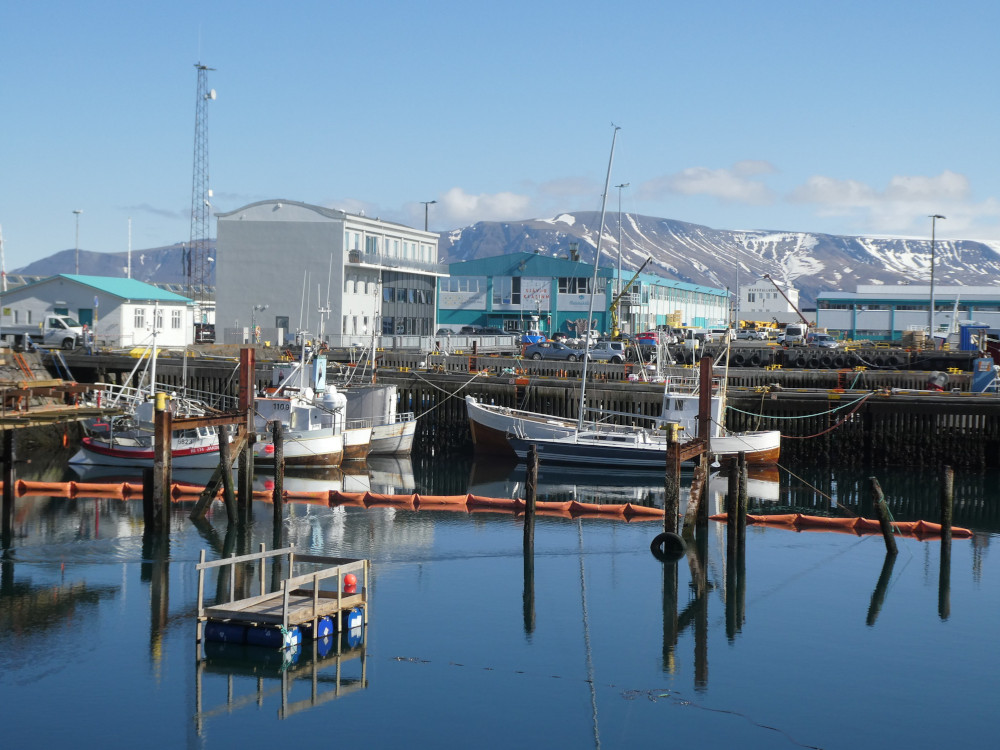
When you’ve had enough of fish, boats and the ocean, you can walk along the north side of the harbour to Grandi Matholl, a food hall where you can pick from local fish or international cuisine, or you can walk down the south-west side towards the shipyard and the whale-watching cabins and eat one of the small characterful blue-painted sheds. Rick Stein would recommend Seabaron.
If you would like to spend more time at this end of Reykjavik, there’s always Whales of Iceland, a huge exhibit where you can stroll among lifesize models of whales, go to the Lava Show, where real lava trickles into the auditorium to see and feel the raw power of molten rock, cross over to Aurora, where you can see the Northern Lights no matter what the weather’s doing or just stroll the Old Harbour. Take a whale-watching trip.

In the evening, go down to Harpa, the big glass conference centre/concert hall on the seafront. You wanted culture, this is culture. There’s music of all kinds – the website lists classical, chamber, contemporary, folk, jazz, blues, opera and rock. There’s theatre. There are exhibitions. There are films. There’s comedy. Find something that appeals to you and go and see what highbrow performance art looks like in Iceland.
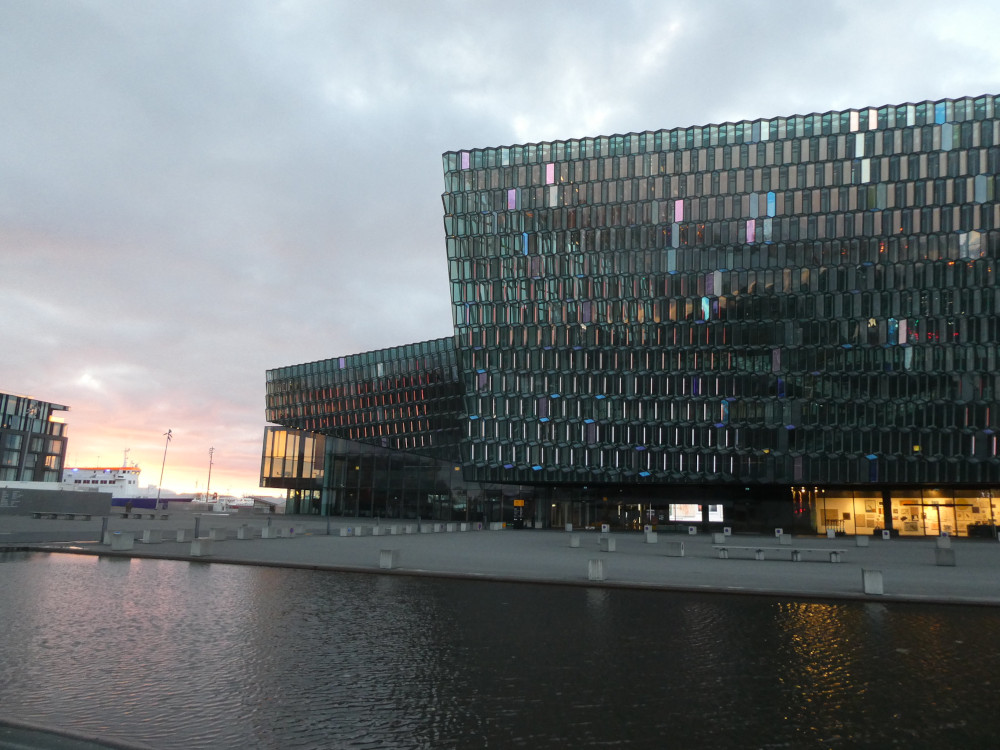
The Golden Circle
There are a few important sights on the Golden Circle if you’re interested in culture and history but if you’re going to see any of them, you might as well do the whole thing.
Start by driving east out of Reykjavik towards Þingvellir. This is the Parliament Fields, it’s the cradle of Icelandic civilisation and it’s now a national park and very popular tourist spot. If you’re interested in views across the rift valley, park at the top, at P1 – top parking, on my map above. From here you can walk out to the viewpoint and then down the ridge between the cliffs and into the park itself. If you’re not into views or walking, carry on along the road until you reach the bottom, where there’s a campsite and a big sign telling you to turn right. From here there are several car parks. P2 (“bottom parking”) is probably the most versatile.

There are two particular things to see here. If you follow the path up towards that Icelandic flag you can see flapping below the cliffs, you’ll find yourself at the Law Rock. This is a best estimate, given tectonic activity over the last millennium, as to where Parliament itself was actually held. On this rock – more or less – the Lawspeaker stood and declaimed the law before proceedings began. The law was made and upheld here and Iceland as it is today was shaped. Remember Snorri from your visit to the west of Iceland? He was Lawspeaker once – in fact, I think he was Lawspeaker twice – and he would have stood on this very point, reading the law for all to hear.

Back down the hill, you’ll pass a very pretty pool at the base of the cliff where a waterfall runs down into the lower part of the valley. This is the Drowning Pool and this is where justice was carried out, at least in the later days of Parliament. In the early days, serious crimes were punished by exile but later on, probably under the influence of Denmark, the courts occasionally ruled that a criminal should be executed. Most of the people who were drowned were women and as usual, the rule was that if they survived, they were guilty and had to be executed some other way. Cheerful stuff.

Keep following the path along the base of the cliffs until you see signs for Öxarárfoss. This is the waterfall in the River Axe, which is where the nearest river plunges over the cliffs and into the Parliament Fields. It’s a significant spot because this is Viking architecture. The early settlers rerouted the river so that it conveniently supplied Parliament. I can’t really imagine how they achieved that. There are traces of the ancient buðs, or encampments but I think you have to have a reasonably good archaeological eye to find them, especially given all the changes in this region since Parliament was established in 978. You can’t miss this bit of Parliamentary structure.

I personally would spend an hour or two at the very least wandering around Þingvellir but if you want to squeeze the rest of the Golden Circle into one day, you should probably get a move on fairly quickly. Follow the main road to Laugavatn, sticking to the 365. There’s a road off to the left somewhere on the other side of the lake that looks tempting but it’s a rough track over the mountain and by the time you’ve navigated that, assuming all goes well (which you never assume on that kind of road) it’s far quicker and safer to just stick to the main roads.
Make a quick stop in Laugarvatn. Again, I’d stop here and go to Fontana but we’re not here for hot water. We’re here for culture. Well, this lake, with the hot springs around its shores, is where the chieftains came in 1000AD to be baptised, when the Norwegian king “persuaded” the country to convert to Christianity. You can be baptised in the lake at Þingvellir or in the Axe River… or you can hike twenty miles to do it in warm water. If you’re not going to swim, it might be worth going to Fontana to sample rye bread baked in the hot sands just over 100m from Fontana’s front door. If you time it right, you might even get to dig it up and eat it really fresh.
Onwards and upwards and you’ll find yourself at Geysir and Gullfoss. Both interesting, neither to be missed but nothing particularly cultural here. Geysir is a field of hot springs, one of which erupts 30 feet into the air every five minutes or so, which is endlessly entertaining. Gullfoss is a huge waterfall right on the edge of the Highlands which has to be seen to be believed. In the earlier years of the 20th century, an energy company tried to dam this river to build a hydroelectric power plant, catapulting Sigríður Tómasdóttir, the daughter of the landowner, to fame as one of Iceland’s earliest environmental campaigners. As you can see, she won. Gullfoss remains intact.
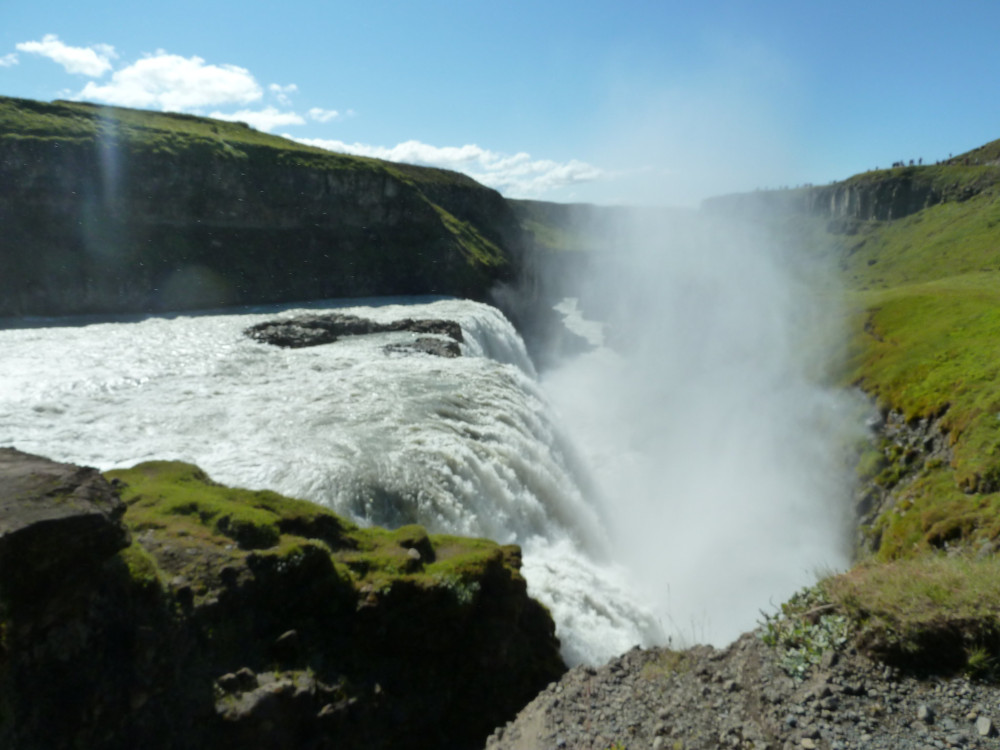
When you head back, a little way after Geysir you have the option to turn left on the 35 instead of continuing back to Laugarvatn on the 37. Down here you’ll find a small settlement called Reykholt, dominated by greenhouses and in particular by the restaurant Friðheimar. Iceland’s climate isn’t great for agriculture but by harnessing the geothermal power, Iceland manages to grow plenty in its greenhouses. Friðheimar is a big tomato producer and it has a restaurant where pretty much everything is tomato-based and its ingredients are mostly grown right there on-site. Do you want tomato soup? Tortilla with tomatoes? Pasta with tomato sauce? Mussels in a seafood and tomato sauce? How about tomato ice cream? Schnapps served in a hollowed-out tomato? A Bloody Mary – or indeed, any of four Mary varieties? Did you ever imagine you could do some much with tomatoes? And if you haven’t had enough of them, you can go in the shop and buy something tomato-flavoured as a souvenir, and probably a bag of tomatoes.
Your last stop is a tiny detour down the 31 a bit further down the road to Skálholt. There’s not much here now, just a cathedral and a hotel but the first bishopric was established here in 1056 alongside Iceland’s first official school. It’s still a seminary. In 1075, Skálholt was the largest city in Iceland, although Adam of Bremen’s definition of “city” isn’t what any of us would recognise as a city. But it would have been a big place in a country where farmers lived scattered far and wide, in turf houses.
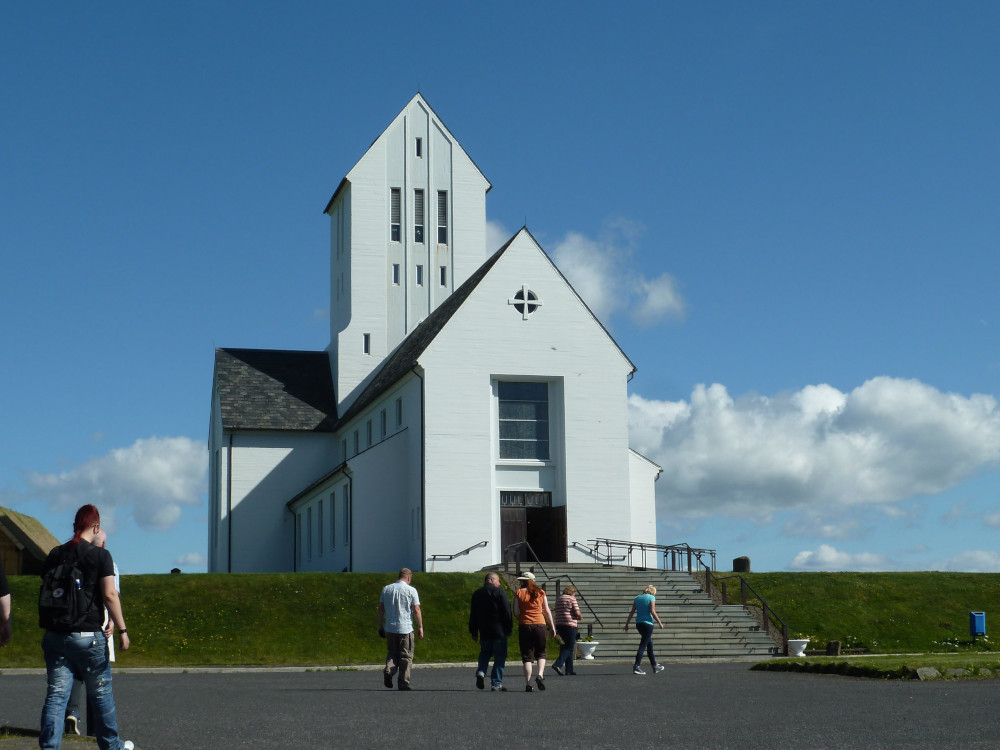
But perhaps its most significant moment came in 1550, when Catholicism was replaced with Lutheranism, which persists to this day. The last Catholic bishop, Jón Arason, was actually bishop of Hólar. Think of the bishops of Skálholt and Hólar as the equivalents of the Archbishops of Canterbury and York. Iceland was under Danish rule by this point and the Danish king wanted Lutheranism. Jón disagreed. There was a battle, Jón and his sons were captured and as far as I can tell, brought to Skálholt to be executed symbolically. That is, the location was symbolic. The execution was beheading and although I can’t find any official mention of it, I’m sure a tour guide once told me that the bodies were thrown in the river.
If you return to the main road and head south, you’ll pass a gorgeous reddish explosion crater flooded with blue water. This is Kerið and although there’s a token entry fee, virtually unknown in Iceland, and no cultural reference whatsoever beyond Bjork using it as a performance venue once, it’s worth a stop if you’ve got time. Further down the road, you’ll meet the Ring Road just west of Selfoss and it’s a little over an hour back to Reykjavik from here.
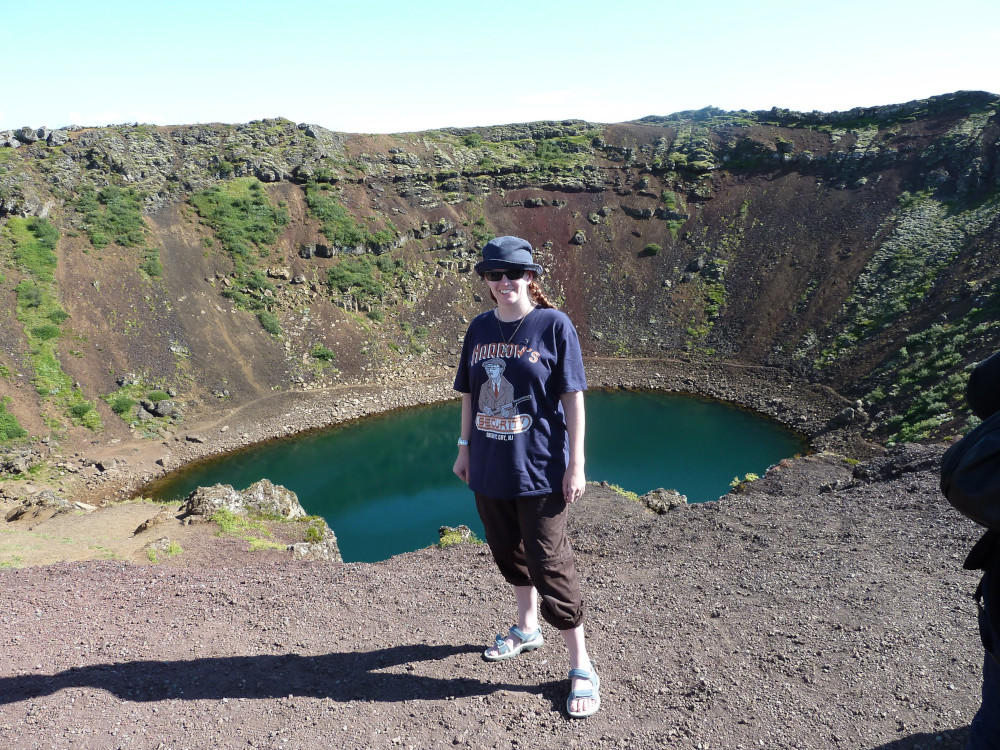
You may want to stop at Hveragerði, which is ten minutes along your way. There’s a shopping centre here, visible from the Ring Road and the bakery sells volcano bread, so if you missed the sand-baked rye bread earlier, you can get local geothermal-baked bread on the way back. Hveragerði is known as the greenhouses village for the number of greenhouses. It sits on a geothermal hot spot and there’s a hot river in the mountains behind the village. It’s stone cold by the time it gets down here but in places, the ground is hot and steaming and although a hole next to the road isn’t as picturesque as a hole in the shores of a lake, it has the same geothermal heat and the bread has the same novelty factor in being baked by nothing more than the heat of the Earth.
And that’s it! Four days of culture and history and literature which you can either follow to the letter or add to your own adventures to add a little high-brow to the nature, spectacle and adrenaline. Make sure you do include some of that stuff, though – go to the Blue Lagoon, go glacier-trekking, climb a volcano.